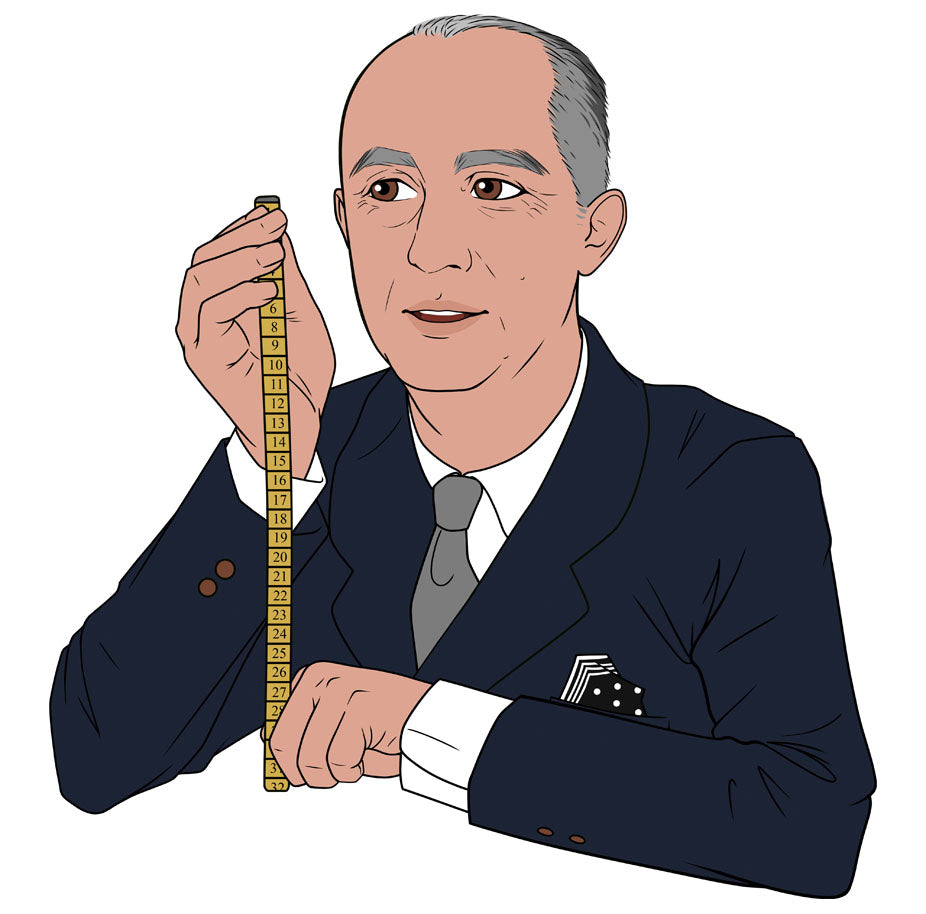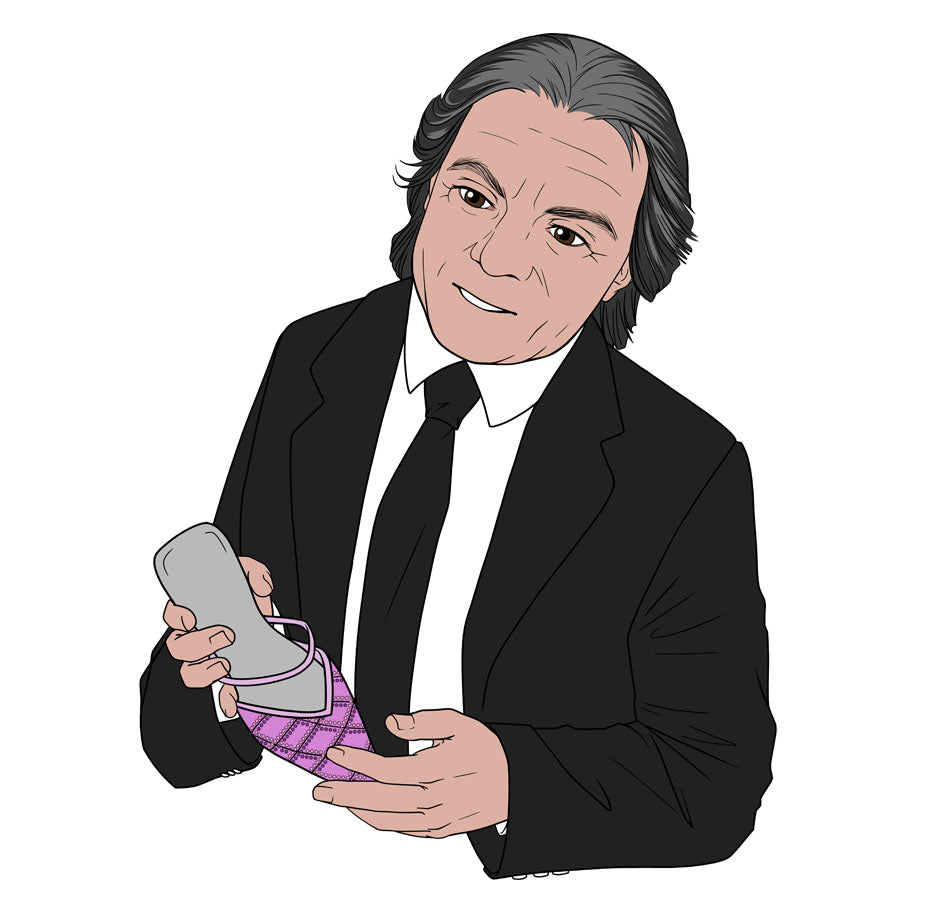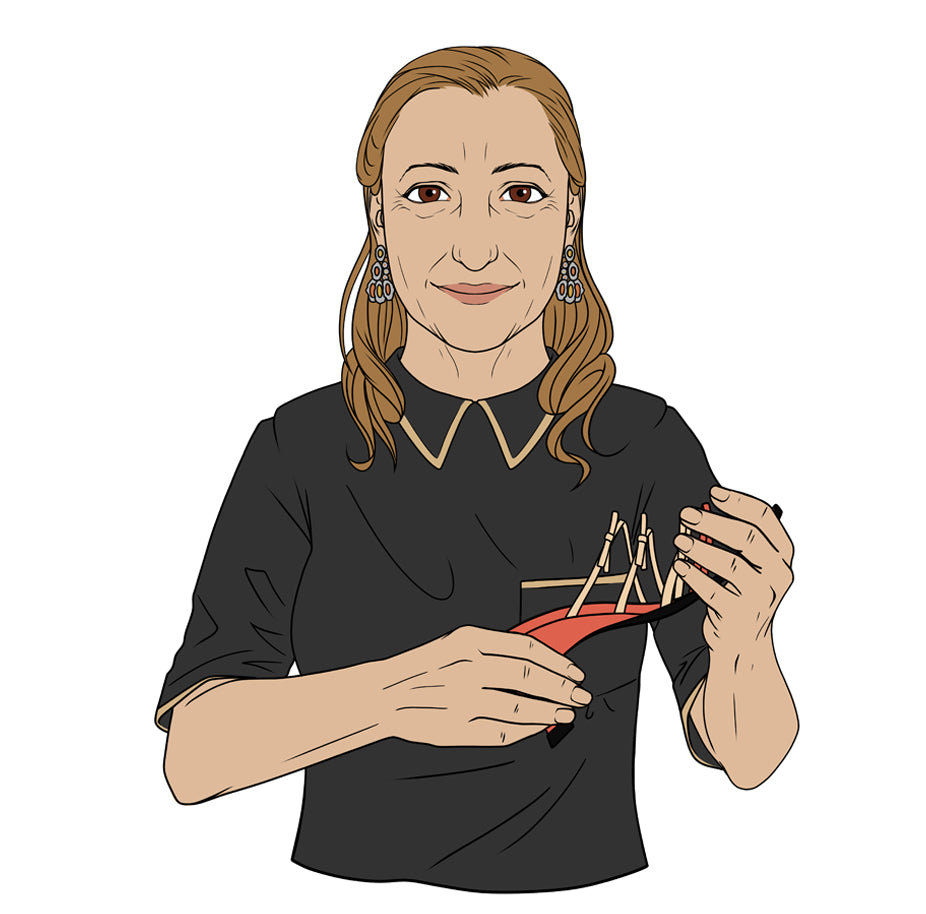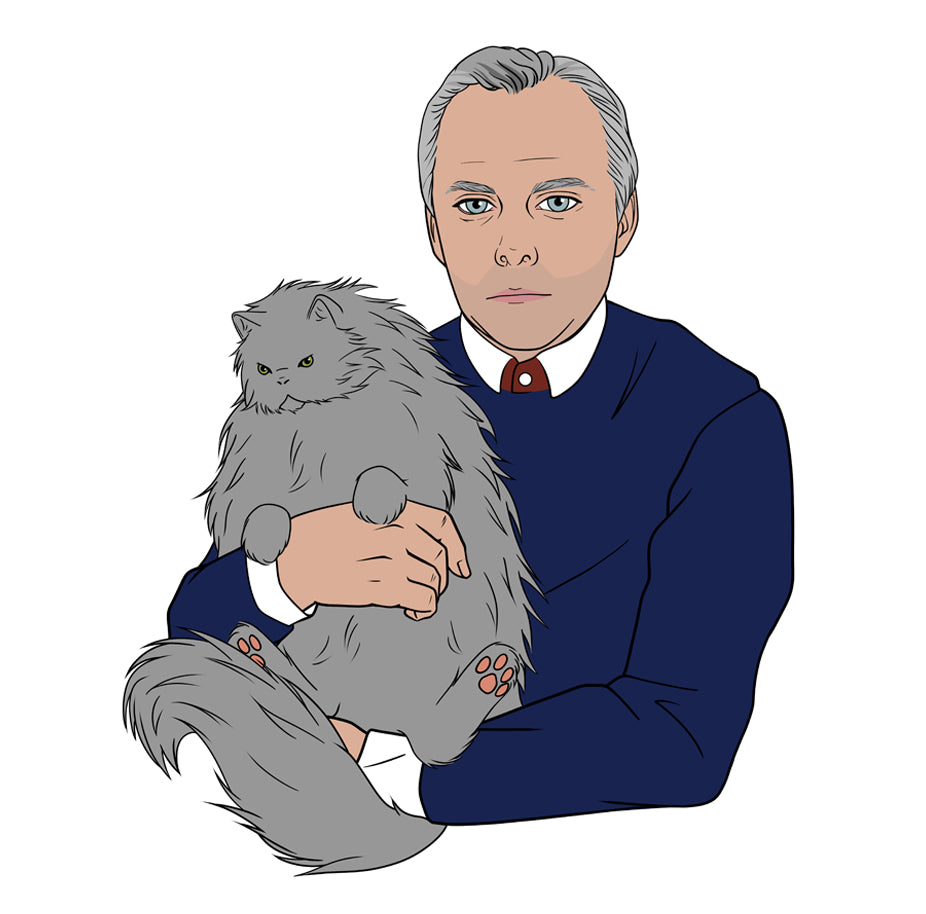Christian Dior

A Legacy
Few names shine as brightly as Christian Dior. From his groundbreaking debut in 1947 to the global fashion empire that bears his name today, Dior's career is a tapestry woven with innovation, elegance, and an unwavering commitment to redefining feminine style.
A Visionary's origin story
Christian Dior, born on January 21, 1905, in Granville, France, experienced a childhood that laid the foundation for his future as a fashion icon. Raised in a family of wealthy industrialists, Dior enjoyed a privileged upbringing amidst the scenic coastal town of Granville.
He was the second of five children born to Maurice Dior, a successful fertilizer manufacturer, and his wife, Madeleine Martin. With his mother's love for music and his father's appreciation for architecture, Dior had a culturally rich upbringing.
From a young age, Dior demonstrated a keen interest in the arts, particularly in drawing and painting. His early artistic endeavors and fascination with fashion illustration hinted at his future career path, despite his initial pursuit of political science at the Sciences Po University in Paris.
The upheavals of World War I profoundly influenced Christian Dior's childhood and worldview. The family's relocation to Paris during the war years exposed him to the city's vibrant cultural scene and ignited his fascination with the world of haute couture, which would later blossom into a career-defining passion.
The Early days
After briefly studying political science at Sciences Po, Christian Dior realized his true passion lay in the arts and fashion. He began his career in the mid-1920s, working as an assistant to fashion designer Robert Piguet. This apprenticeship provided Dior with invaluable experience in couture techniques and the inner workings of the fashion industry.
In the early 1930s, Christian Dior briefly worked for the couturier Lucien Lelong, where he continued to refine his skills in design and gained exposure to a more sophisticated clientele. This period solidified his reputation as a talented designer with a flair for creating elegant and flattering garments.
The outbreak of World War II interrupted Christian Dior's burgeoning career in fashion. During the war, he served in the French army and later returned to Paris, where he continued to work in the fashion industry. In 1946, backed by textile magnate Marcel Boussac, Dior founded his own fashion house, marking the beginning of a new chapter in haute couture.
New Look
In 1947, Christian Dior presented his first collection, famously dubbed the "New Look," at his debut haute couture show. The collection, characterized by its full skirts, nipped-in waists, and luxurious fabrics, was a stark departure from the austerity of wartime fashion. It captured the imagination of post-war society, heralding a return to opulence and femininity. The "New Look" not only revitalized Parisian haute couture but also catapulted Dior to international fame virtually overnight. Here’s a closer look at its significance:
- Revitalization of Post-War Fashion: Coming out of the austerity of World War II, the "New Look" represented a dramatic shift in fashion towards opulence and femininity. Its full skirts, nipped-in waists, and luxurious fabrics symbolized a renewed sense of hope, prosperity, and optimism in post-war society.
- Symbol of Renewal: The "New Look" was not just a fashion trend but a cultural phenomenon that signaled a fresh start for Parisian haute couture. It captured the imagination of women who were eager to embrace beauty and elegance after years of rationing and uniformity during the war.
- Empowerment of Women: Dior’s silhouette celebrated and accentuated the feminine form, contrasting sharply with the boxy, utilitarian styles of wartime clothing. The fitted bodices and voluminous skirts were seen as a return to glamour and femininity.
- Global Influence: The impact of the "New Look" extended beyond France, influencing fashion trends worldwide. It inspired designers and manufacturers to reinterpret Dior’s aesthetic, leading to a resurgence of interest in couture and a redefinition of luxury fashion in the post-war era.
- Economic Stimulus: Dior’s extravagant designs sparked a surge in consumer demand for high-end fashion, contributing to the revitalization of the Parisian couture industry. The "New Look" helped establish Paris as the fashion capital of the world and solidified its reputation for setting trends that resonated globally.
- Controversy and Critique: While celebrated for its beauty and innovation, the "New Look" also sparked controversy. Some critics argued that its lavish use of fabric was wasteful and out of touch with the economic realities of the time. Nevertheless, Dior’s bold vision prevailed, leaving an indelible mark on the history of fashion.
Industry Collaborations
Christian Dior's collaborations and partnerships in the realm of footwear have been pivotal in enhancing the brand's prestige and expanding its influence in luxury fashion
- Roger Vivier: One of the most iconic collaborations in Dior's history was with Roger Vivier, the renowned shoe designer who worked closely with Christian Dior himself. Vivier's innovative designs, such as the stiletto heel, became synonymous with Dior's elegant and feminine aesthetic during the 1950s.
- Ferragamo: Dior collaborated with Salvatore Ferragamo, another legendary name in footwear, to produce high-quality shoes that complemented Dior's couture collections. Ferragamo's expertise in craftsmanship and innovative designs contributed to Dior's reputation for luxurious and comfortable footwear.
- Rayne: Christian Dior also collaborated with Rayne, a British shoe manufacturer known for its elegant designs and craftsmanship. The partnership produced a range of stylish and sophisticated shoes that reflected Dior's haute couture sensibilities.
- Bally: In more recent years, Dior has collaborated with Bally, the Swiss luxury shoe brand, to create exclusive collections of footwear. These collaborations have combined Dior's iconic style with Bally's expertise in craftsmanship and contemporary design.
Costume Design
Here are some notable movies where Dior has dressed the cast:
- The V.I.P.s (1963) - Dior provided costumes for Elizabeth Taylor, Richard Burton, and other stars in this drama set at London's Heathrow Airport.
- Doctor Zhivago (1965) - Dior contributed to the wardrobe for this epic romantic drama set during the Russian Revolution, starring Julie Christie and Omar Sharif.
- The Thomas Crown Affair (1968) - Dior dressed Faye Dunaway in her role as Vicki Anderson, adding to the film's sophisticated and glamorous aesthetic.
- Midnight in Paris (2011) - In this romantic comedy directed by Woody Allen, Dior dressed Rachel McAdams and Marion Cotillard, capturing the elegance of Parisian high society in the 1920s.
- Coco Before Chanel (2009) - While primarily focused on Coco Chanel, the film also featured Dior's designs from the era, highlighting the rivalry and influence between the two iconic fashion houses.
- The Great Gatsby (2013) - Dior provided costumes for Carey Mulligan and other cast members in Baz Luhrmann's adaptation of F. Scott Fitzgerald's classic novel, set in the roaring twenties.
A Timeline
1946: Christian Dior founded the fashion house in Paris with backing from textile magnate Marcel Boussac.
1947:
- February: Christian Dior presents his first haute couture collection, famously dubbed the "New Look," at his debut show in Paris. The collection revolutionizes post-war fashion with its luxurious fabrics, nipped-in waists, and full skirts.
- The "New Look" receives international acclaim and propels Dior to global fame virtually overnight.
- Dior expands internationally, opening boutiques in major cities such as New York and London.
- The brand launches its first fragrance, "Miss Dior," named after Christian Dior's sister Catherine.
- Christian Dior passed away on October 23, 1957, at the age of 52. The cause of his death was a heart attack. His sudden and untimely death came as a shock to the fashion world, as he was at the height of his career
- His young assistant ,Yves Saint Laurent, briefly takes over as Creative Director before launching his own fashion house.
- The House of Dior experiences a period of transition under various designers, including Marc Bohan and Gianfranco Ferré, each leaving their mark on the brand's aesthetic.
- Bernard Arnault acquires Dior through his luxury goods conglomerate, LVMH (Moët Hennessy Louis Vuitton).
- John Galliano becomes Creative Director of Dior in 1996, injecting theatricality and fantasy into the brand's collections. His avant-garde designs redefine Dior's image and appeal to a new generation of fashion enthusiasts.
- Dior continues to expand its global presence, opening flagship stores in key cities around the world.
- Raf Simons takes over as Creative Director in 2012, bringing a minimalist and modernist approach to Dior's designs.
- Maria Grazia Chiuri becomes the first female Creative Director of Dior's women's collections, focusing on feminist themes and exploring notions of empowerment through fashion.
- Dior remains a powerhouse in haute couture, ready-to-wear fashion, accessories, and fragrance under the creative direction of Maria Grazia Chiuri (women's collections) and Kim Jones (men's collections).
Dior's Wisdom in Words
"Zest is the secret of all beauty," Dior mused, embodying his belief that passion infuses true elegance.
He understood the dreams that lie within every heart, noting, "Every woman is a princess," a sentiment reflected in his designs that celebrate femininity.
"The real proof of an elegant woman is what is on her feet," he quipped, recognizing the importance of every detail in defining style.



